Research
Search our website
Search our website by entering a keyword or choose a database above to search specifically.
Search
Showing search results 3,991 - 4,000
14,747 results found

Priming tool
This text can only be consulted in Dutch
<https://www.mot.be/resource/Tool/priming-tool?lang=nl>

Poultry shears
This text can only be consulted in Dutch
<https://www.mot.be/resource/Tool/poultry-shears?lang=nl>

Pruning shears
The pruning shears are used to prune shrubs and vines, to pick flowers,
etc. Nowadays they usually replace the pruning knife. It is often used by
the basket maker in place of the curved knife to cut the twigs. The hand
tool consists of two levers of the first type, which revolve around a
spindle placed about one third of their length. The arms of about 15 cm are
straight or slightly bent outwards. To keep the tool in place when not in
use, a metal hook or leather ring is attached to the end of an arm; on
recent models these have sometimes been replaced by a right next to the
hub. During work, the scissors pop open thanks to a spring. The two curved
blades of about 5 cm lie in the same plane as the arms (cf. thorn-hedge
shears). One of these is usually thick and blunt today; the gardener must
always ensure that the cutting blade is on the side of the trunk to obtain
a smooth cut. On some recent models, a notch in one of the blades allows
thin iron wire to be cut. There are also pruning...

Pruning saw
This text can only be consulted in Dutch
<https://www.mot.be/resource/Tool/pruning-saw?lang=nl>

Pulverizer
Iron, copper or plastic syringer with reservoir (0.250 - 0.5 l), which
works by negative pressure: the air jet created by the pump sucks up the
liquid and spreads it in very fine droplets. The sprayer is used to moisten
the leaves of plants and to apply a pesticide against parasites, fungi,
weeds or flies. See also the syringer for flowers. [MOT]

Punching tongs
See also the punch, buttonhole pliers and certain tongs of the sheet metal
worker.

Punch
This text can only be consulted in Dutch
<https://www.mot.be/resource/Tool/punch-2?lang=nl>

Pumice stone
This text can only be consulted in Dutch
<https://www.mot.be/resource/Tool/pumice-stone?lang=nl>

Punching block
This text can only be consulted in Dutch
<https://www.mot.be/resource/Tool/punching-block?lang=nl>

Putty scraper
After painting glass rebates, there is always some paint on the glass. With
the putty scraper, equipped with a safety or cutter blade, you can easily
scrape the paint off the window. The blade of the putty scraper is kept
almost parallel to the glass pane. Some models are used in the maintenance
of a ceramic hob. The blade between which the blade is screwed is made of
steel or plastic. The handle can be made of iron, wood or plastic. On some
models, the interchangeable blades are safely stored in the handle. Because
the cut is so sharp, the glass scraper is usually provided with a metal
protective cap or you can slide the top part of the handle so that it sits
over the blade. The knife of some models can be attached in different
positions (perpendicular, straight and oblique) in relation to the handle.
This way they can be used for other purposes. Eg. sharpening a pencil, as a
knife, to remove ice, labels, chewing gum, etc. from hard surfaces such as
glass, tile or cement. See also the cooper's...








